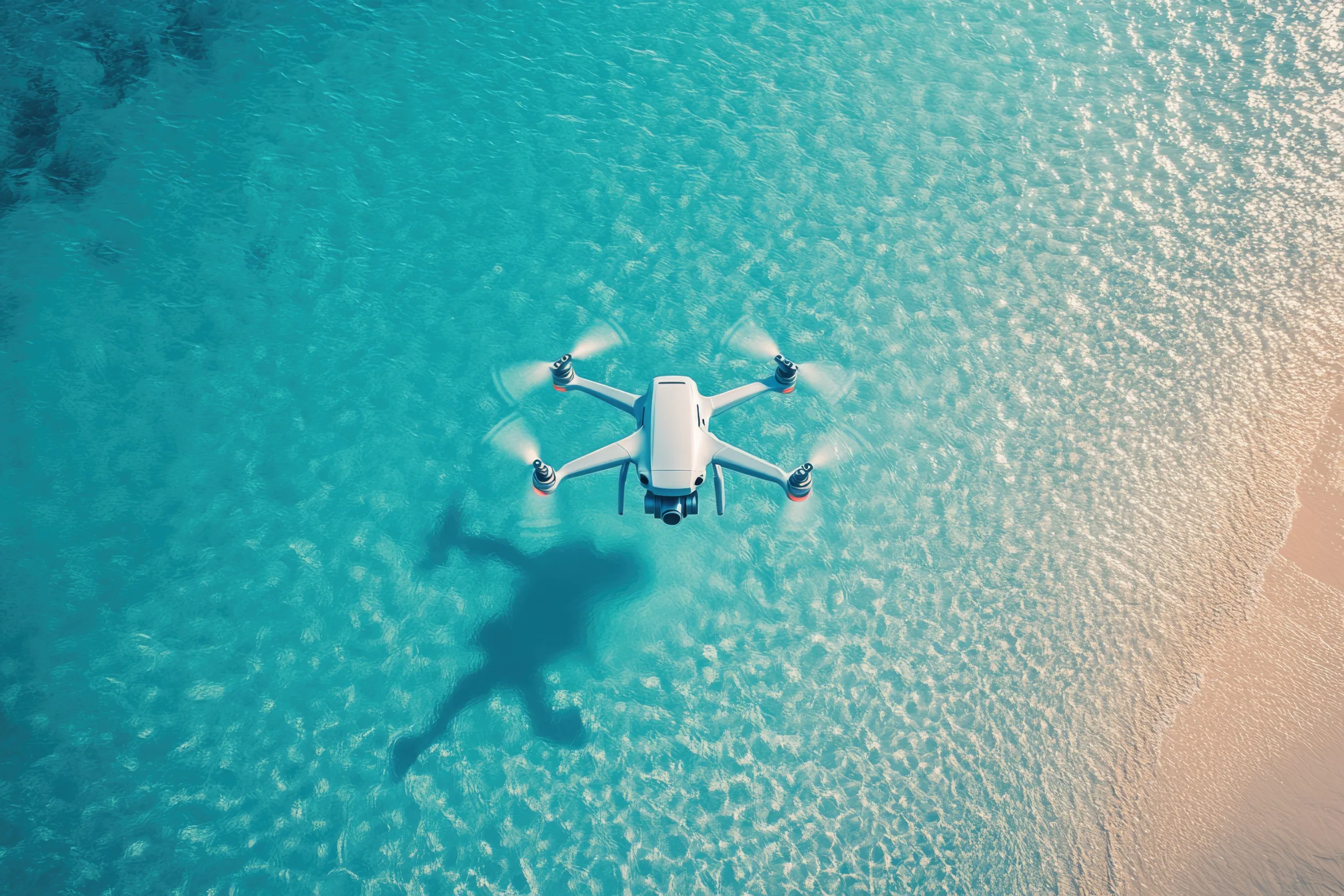How Yachts Can Protect Against Drones: Privacy and Anti-UAV Security at Sea
One of the greatest advantages of owning a yacht or being a charter guest is enjoying the peace and quiet on a warm sundeck while you let your thoughts drift off into the clouds – until a faint buzzing interrupts your musings.
The sound is very distinguishable if you’ve heard it before, and one you won’t forget once you have, but what’s making the noise is hard to spot, until you see a small helicopter-type device overhead.
Unmanned aerial vehicles (UAVs) or systems (UASs), also known as drones, are named such because there is no pilot on board. Unlike the larger aircraft-style drones used by the military, four miles away and can reach heights, legally, of 400 feet above a target (where the buzz is barely detectable). Many UAVs can fly for up to 30 minutes which allows plenty of time for snoopers to check out their targets.
Photos and videos have always been part of fun in the sun, and stitching them together, and adding music to create a keepsake for their guests to relive the joys of the vacation. Drones enhance those keepsakes by offering a different perspective than the pictures taken on board. They’re also a great marketing tool for brokers to show off a yacht’s looks and performance whether it is tucked into a scenic cove or running along the coast. The thing is, when these drone photos are taken, the guests or models already have given their permission to be on camera.
But when an uninvited drone suddenly appears above the yacht, well, that’s a different story.
“Who?” and “Why?” are the first questions posed by guests in such a situation, and short of hiding them inside, what can the yacht owner or crew do to stop the intruding drone’s snooping eye?
Counter-UAV systems Yachts can protect themselves from remote surveillance drones (think paparazzi, thieves, or the merely curious) by utilizing specialized anti-drone detection and disruption systems on board. Interest in counter-UAV systems has grown over the last few years primarily because high-profile owners, who may be political or newsworthy targets, feel security is crucial in today’s environment.
In some parts of the world, the use of jamming technology is allowed, and many drone protection companies offer a system that will jam the intruding drone’s radio signals. Defence Services, Ltd., located in the UK, has designed its AeroSentry Marine system to detect, identify, and tracdrones up to a mile away. The companion to the AeroSentry is the AeroDome, a jamming mitigation system that can disrupt a drone’s radio signal within a half mile of the vessel, rendering it inoperative or sending it back to the controller. It also has the option to disrupt GPS-programmed drones. However, in the U.S., the Federal Communications Commission (FCC) prohibits the use of jamming devices that intentionally block, jam, or interfere with authorized radio communications, drones included.
“In the U.S. and many other jurisdictions, interfering with a drone is prohibited,” said David Garrett of Spotter Global, an American manufacturer of radar and drone protection solutions. “Instead, the best approach is to notify authorities or have crew members engage the pilot directly. While the system includes an output for triggering a jammer or other countermeasures, such actions come with legal and operational considerations.”
Garrett clarified that by “engage the pilot directly,” he does not mean to imply any sort of confrontation, but more like, “being a good neighbor and addressing a concern directly before involving authorities.”
Spotter NIO and a high-quality camera, can detect drones at distances up to a half mile. “The system provides a graphical display, similar to ECDIS, showing the drone’s location, altitude, serial number, and, most importantly, the pilot’s location,” says Garrett. The accuracy of the system can identify the location of the pilot within 164 feet.
The FAA requires drones to be registered and emit a radio-signal ID at 2.4 GHz or 5.8 GHz, so using radio frequency (RF) detectors, such as Spotter’s Remote Drone ID, enables you to monitor the airspace around the yacht for the signals that occur between the drone and its controller. When a drone is detected, system alarms notify you of the pending intrusion. Another advantage of RF sensors is that they do not emit radio waves that would cause radio interference.
There are several drone detection systems available on the market today. When integrated with the yacht’s existing security system, preventing an intrusion and preserving guest privacy can be greatly enhanced.
______________________________________________________________________
By Steve Davis

